
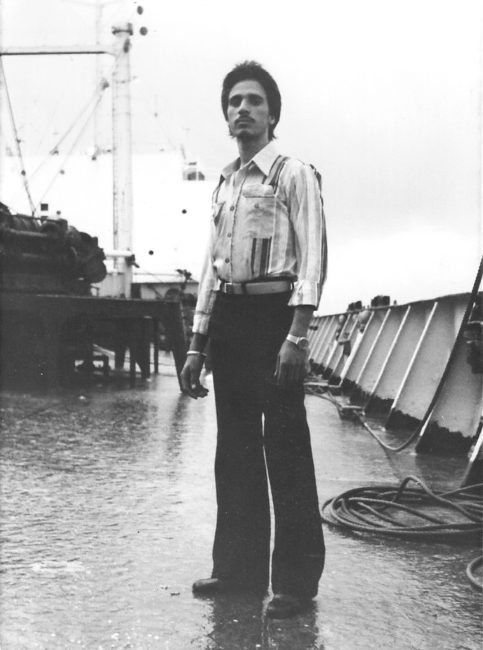
Earth spins, well, because of physics. Humanity spins because of storytelling.
As far back as I can recall, I have always been deeply affected by stories – whether it was Aurora Leigh’s conflict with living in the Victorian age while being a female poet, or the stories of the indigenous people of America who were stripped of their cultures, freedoms and rights, or the story of how my dad left home at age nineteen, navigating through the Atlantic on a ship to look for a better life in America for his family.
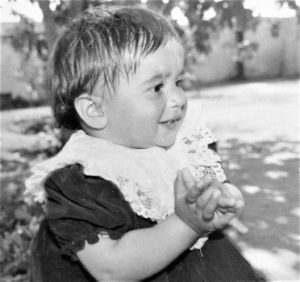
For me, stories have always been the tether between my understanding and the experiences of those around me. My own, although, is not a story I have ever thought to be compelling or worth telling. However, in hopes to foster the narratives of my future students, it is crucial that I welcome my own. So here it is.
It’s 1995, and a newborn is crying in the arms of her mother. Typically, the birth of a girl in India would be a sorrowful occasion, but everyone here is happy.
It’s 1998, and a three-year-old Peekay is having her mom write down an exceedingly important story that she has just conjured up in her head. You see, she’s learning all that she can from her brother’s 3rd-grade homework he brings home every day.

It’s 2001, and a little pigtailed Peekay walks into her favorite classroom, her only classroom admittedly: Kindergarten, Rm. 1.
It’s Art Friday today and they’re painting Easter eggs on the giant easels, so she is particularly eager to get to class. She watches out the window, as per usual, until her parents’ car is no longer visible.
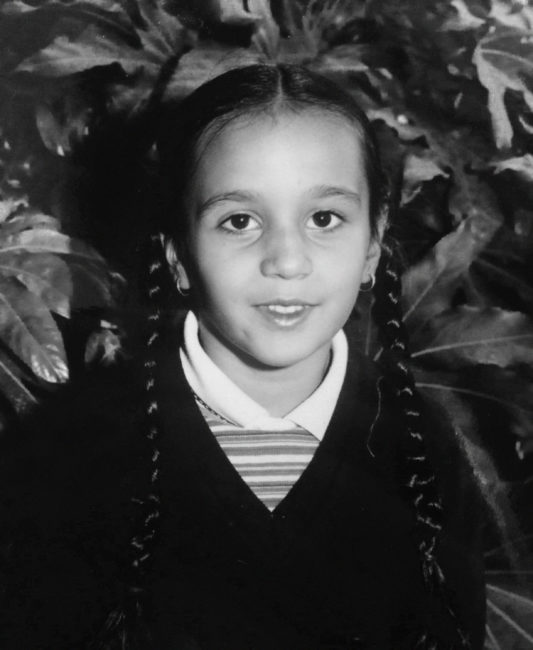
Then, as if a switch turns on, her attention is back to Mrs. Srabian, prepared to enjoy another day of pretend-play, story-time, and painting. When she comes home, she places the dining room chairs in rows, sets her stuffed animals on each chair and proceeds with the “lesson” in her makeshift classroom.
It’s 2006, and Peekay anxiously enters the first class of her 6th-grade year, looking very different from her usual pigtails. Instead, she wears a neatly-folded white turban, a symbol of spiritual sovereignty indicating that she is now a baptized Sikh. Her peers are quite curious about this sudden change; however, it is her teacher’s reaction that surprises her most.
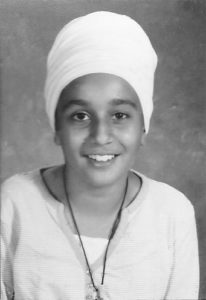
Her English teacher pulls her aside during recess and says, “Your turban makes you glow! Can you tell me a little bit more about it?” Peekay tells her about Sikhism and how covering one’s head serves as a reminder to uphold the virtues of honesty and compassion at all times. How wearing this is her choice, my choice. Her English teacher nodding her head all the while, in deep interest, replies “Listen, if anyone ever says anything negative to you about this, you come straight to me, alright?”
She nods as a certain weight lifts off her shoulders knowing that someone cared to address her insecurity. From that day forth, she walked with courage.
It’s 2017, and I sit behind my desk, googling my Kindergarten teacher, hoping she still works at my old elementary school, so I could go let her know how much she has impacted my life and that I am graduating from college.
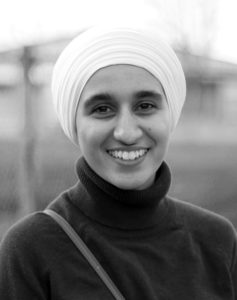
Instead, I read an obituary. Arlene Srabian: 1944-2012.
I was numbed by the fact that the first person, outside of my family, who had molded me, was no longer in this world. She fostered my love for learning, for art, and for stories, yet I didn’t even get a chance to tell her, “the direction my life has gone in since I stepped foot into Room 1, has been due to your initial guidance and your passion for creativity.”
It was a quiet moment which forced me to reflect on the impact teachers have on the lives of individuals. To me, these figures were much more than people teaching a subject. They have been mentors, advisers, friends and forces that helped me achieve confidence in myself, my identity and my abilities. They are the ones who taught me how a small gesture of compassion can go a long way, that simply asking someone about their values or culture can allow them to feel empowered and own their identity.
Mrs. Srabian fostered the narratives of many young lives, including mine. I owe it to her and all my educators, to do the same for my students.
My interest in teaching stems from my love for stories and a combination of all of my experiences with my teachers and education.
From the very first time I could understand the word “teacher,” all the way to my last semester as an English Ed major, there has been a quiet truth in the back of my head: that I will always pursue education.
Language allows for stories to be told, and education is a tool for students to communicate their narratives. And I have come to learn that writing is not an isolated performance, but one which requires the participation of community and audience, grounding student’s work in real-world contexts.

After being here at The kNOw, I recognize that authentic writing is much more than argumentative essays or reports. I observed that a lot of the youth were more careful and committed to their writing pieces when they knew it would be submitted to a larger audience. By bringing in unique genres from journalism to the classroom, from profile and opinion pieces to videos and comics, I hope to create a platform for my student’s writings to carry significance and purpose beyond the classroom walls.
I want my future students to grow their perspectives of the world, physically and emotionally.
I want to them to read all kinds of literature and see themselves in the narratives of others. And if they don’t see themselves, I want to give them the tools to write their own narratives so that others who share their narrative can. I want to give my students the tools to navigate life and approach situations with the wisdom of their own critical thinking and those before them. When my students read or write, I want to help them realize that what they know or have experienced does not need to stay at the doorstep of the classroom, that their identity is what will allow for conversations, understanding and relationships to form here in the classroom and in the community.
My classroom will be a place where students can find their voice, and I hope that through my classroom, their voices can impact communities beyond their own.
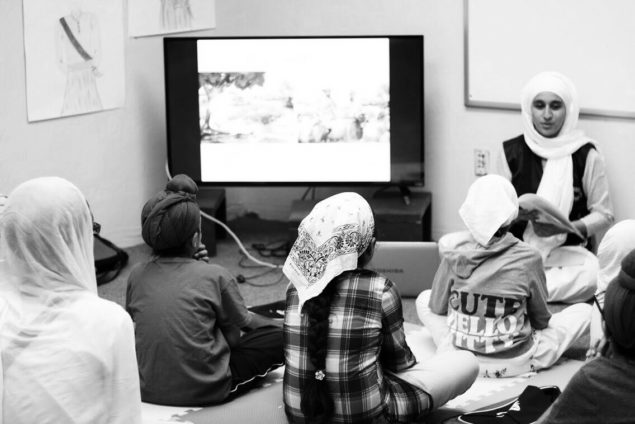
Even with all of these hopes, I do understand that I will face numerous challenges, especially in trying to meet students where they are. I have had a rare opportunity to test my decision in becoming a teacher at my local temple, where I teach Sikh history classes to middle-school aged youth. Experiencing the disinterest of some of my students, I have tried different methods to engage them in the content, and it has proven to be quite a challenge.
However, the spark that lights up in their eyes when they feel that their ideas are valid and valued surpasses any frustrations I might have. I realize that although I have had many positive experiences in my education, many of my students might not have.
Throughout my life, I was fortunate enough to be supported by educators who valued my creativity, ambition and diversity.
The word Sikh precisely means “disciple” or “student,” and, as a prospective teacher, I know that it is my responsibility to always be open-minded and to continue learning from my students.
In doing so, I hope to help my students discover the same passion my teachers helped me find. I hope to believe in these powerful young minds the way my teachers believed in me. I hope to be for them exactly who they need in order to value their story and the stories of others.


